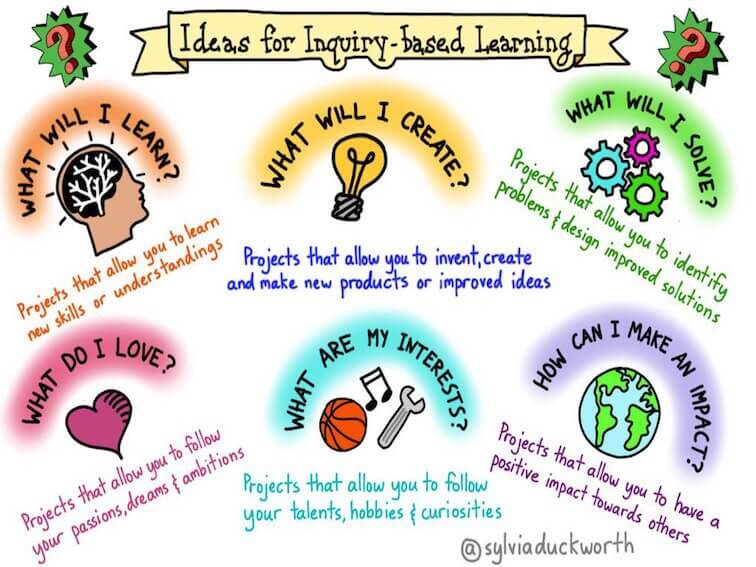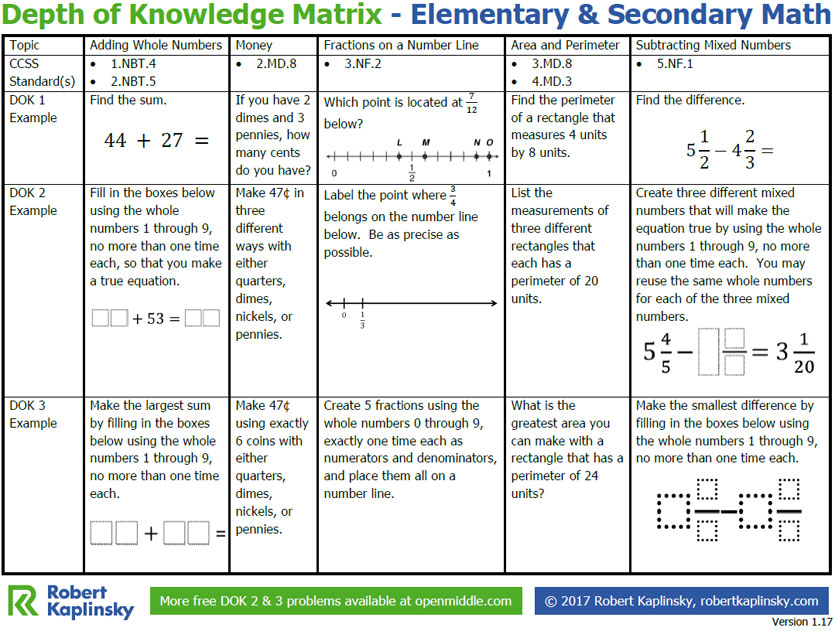
How many times do you Google something a day? Whether you look on Pinterest to find out how to make that amazing dessert, click on your weather app to see what the forecast is for the upcoming weekend, or open up Waze to find out what the best route will be to take to the airport – humans are curious creatures. Asking questions not only clears up confusion it helps us make informed decisions, make connections and grow our knowledge.
As I go into week 11 of remote learning, I am shockingly aware of how many questions I am asking my daughter (Kindergartner for 4 more days!) through each activity we plug away at. In fact, did you know “Teachers ask about 300-400 questions per day and as many as 120 questions per hour.”?1 That is a staggering amount of questions which has me thinking, if we as educators are asking that many questions, are we giving students an authentic opportunity to ask questions, research, be curious and reflect? After all, “asking questions is one of the most important skills for learning. When students learn to ask questions they become more engaged, have more ownership of their learning and learn more.”2

It is our job as educators to teach students how to ask questions, where to find valid information, and to be inquisitive. In order to do this it is imperative to create a safe environment for students to be vulnerable enough to ask questions! With the demands of teaching becoming increasingly more stressful it can be easy to fall back into the pattern of asking students questions and having them answer us, but we would be doing our students a disservice – we know better and thus must do better for our kiddos!
It can be difficult to figure out where to start and how to authentically implement student questioning into your day/curriculum, but have no fear – the Kane ROE is here to help you. Here are 4 quick and easy ways to make questioning count in your classroom:
QFT – Question Formulation Technique is a multi-stepped process for students to produce their own questions centered around a Question Focus (QFocus). Here is a quick video to see the QFT strategy in action:
IBL – The Inquiry-Based Learning Model centers learning on solving a particular problem or answering a central question, the root of inquiry-based learning is curiosity!

DoK – Categorizing questions based on the complexity of thinking (Depth of Knowledge) has been around since 1997 but have you ever taught the DoK strategies to your students? Had them analyze their questions into the 4 DoK categories? Having students ask deep meaningful questions takes time, we need to model and teach them what this looks and sounds like. A great way to do this is through a common language such as DoK.

Chat Stations – A great discussion tool to get students up and moving to have meaningful dialogue – no stations are not just for my elementary friends.
These are just a few of my favorite ways to incorporate better questioning practices into your classroom. If you are looking for more ideas on how to make questions count with your students or want to dive much deeper into these strategies and actually have an opportunity to put these practices in action then check out Illinois Online Academy!
Illinois Online Academy has partnered with Central CUSD301 to offer a 100% online Course on Making Questions Count – only $40, self-paced, and 8 PD Hours – does it get any better than that??? Click here to register

Katie Algrim – Director of Innovative Professional Learning
(t): 630-444-3044
(c): 630-675-4447
(e): kalgrim@kaneroe.org
1Ascd. “Asking Good Questions.” Asking Good Questions – Educational Leadership, www.ascd.org/publications/educational-leadership/summer08/vol65/num09/Asking-Good-Questions.aspx.
2Educator Network FAQ.” Right Question Institute, rightquestion.org/educators/faq/. Accessed 11 Oct. 2018.
